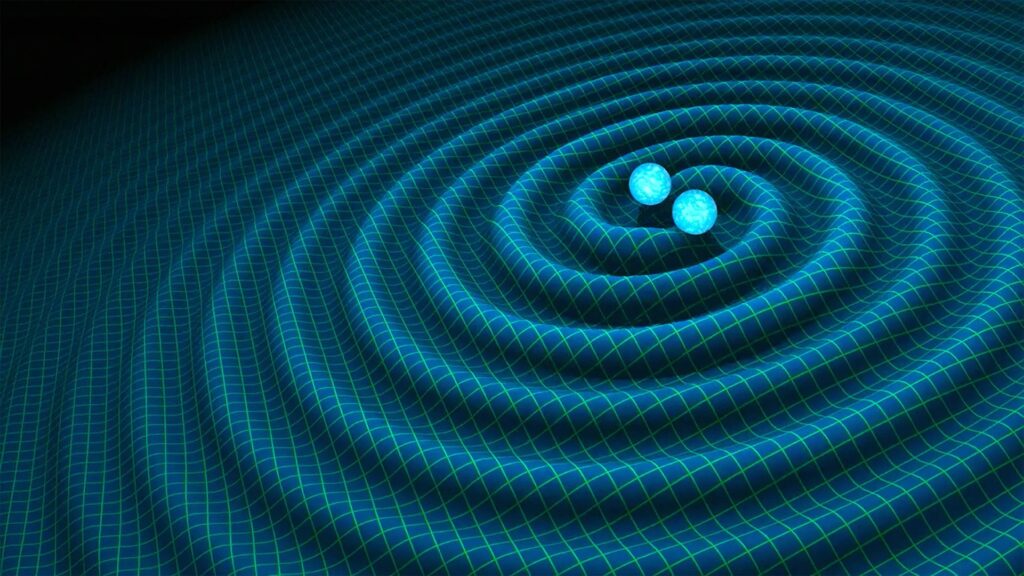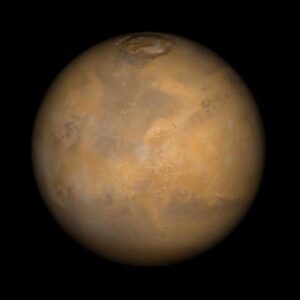
September 2025 marks a significant milestone in the field of astrophysics: the tenth anniversary of the first direct detection of gravitational waves, a groundbreaking discovery that confirmed a century-old prediction by Albert Einstein. These elusive ripples in the fabric of space-time were first observed by the Laser Interferometer Gravitational-Wave Observatory (LIGO), forever changing our understanding of the universe.
Gravitational waves travel at the speed of light, approximately 186,000 miles per second, and have the profound ability to stretch and squeeze the very fabric of space itself. This discovery has opened a new window into the cosmos, allowing scientists to observe the universe in a way that was previously impossible.
The Science Behind Gravitational Waves
Gravitational waves are generated by the acceleration of massive objects in space, particularly during cataclysmic events. LIGO’s first detection occurred when two black holes, locked in a cosmic dance, spiraled into each other, merging and sending ripples across the universe. However, black holes are not the sole creators of these waves. Supernovae and neutron stars can also produce gravitational waves under certain conditions.
While these waves are invisible to the naked eye, animations from NASA’s Science Visualization Studio vividly illustrate the dramatic merger of black holes and the resultant gravitational waves.
How LIGO Detects the Invisible
A gravitational wave observatory like LIGO is a marvel of engineering, consisting of two long tunnels, each about 2.5 miles in length, arranged in an “L” shape. At the end of each tunnel, a precisely polished 40 kg mirror reflects laser beams sent from the observatory. These beams are split and sent down each tunnel, bounce off the mirrors, and recombine. Under normal conditions, the beams cancel each other out, resulting in darkness at the detector.
However, when a gravitational wave passes, it causes a minute distortion in the length of the tunnels, altering the time it takes for the beams to return. This results in a flicker of light, a telltale sign of a gravitational wave. To ensure the detection is genuine and not due to local noise, both LIGO observatories—located in Washington State and Louisiana—must record the same pattern within milliseconds.
Expanding the Gravitational Wave Network
The announcement of LIGO’s first detection was a watershed moment, inspiring the establishment of additional observatories like VIRGO in Europe and KAGRA in Japan. Together, these facilities have detected approximately 300 black hole mergers over the past decade, some of which are confirmed, while others await further analysis.
The collaboration between these observatories has enhanced our ability to pinpoint the origins of gravitational waves, providing unprecedented insights into the dynamics of the universe.
Engaging the Public in Gravitational Wave Research
While the average person might not have access to a laser interferometer, there are still ways to contribute to this exciting field of research. Two citizen science projects, Black Hole Hunters and Gravity Spy, offer opportunities for public involvement.
- Black Hole Hunters: Participants analyze data from the TESS satellite, searching for gravitational microlensing effects that suggest a massive object, such as a black hole, has passed in front of a star.
- Gravity Spy: Volunteers assist LIGO scientists by identifying glitches in data that might mimic gravitational waves, helping refine algorithms to better detect genuine signals.
For a hands-on demonstration, JPL’s “Dropping In With Gravitational Waves” activity uses simple materials like gelatin and magnetic marbles to illustrate how gravitational waves propagate through space-time.
The Future of Gravitational Wave Astronomy
The detection of gravitational waves has revolutionized our understanding of the universe, providing a new tool for exploring cosmic phenomena. As technology advances and more observatories come online, the potential for discovery grows exponentially.
Looking ahead, scientists are eager to explore the possibilities of detecting gravitational waves from other sources, such as neutron star collisions and even the early universe itself. The next decade promises to be an exciting era for gravitational wave astronomy, with the potential to answer some of the most profound questions about our universe.
As we celebrate this decade of discovery, the contributions of dedicated scientists and engaged citizens alike continue to propel us forward, expanding our cosmic horizons and deepening our understanding of the universe we inhabit.






